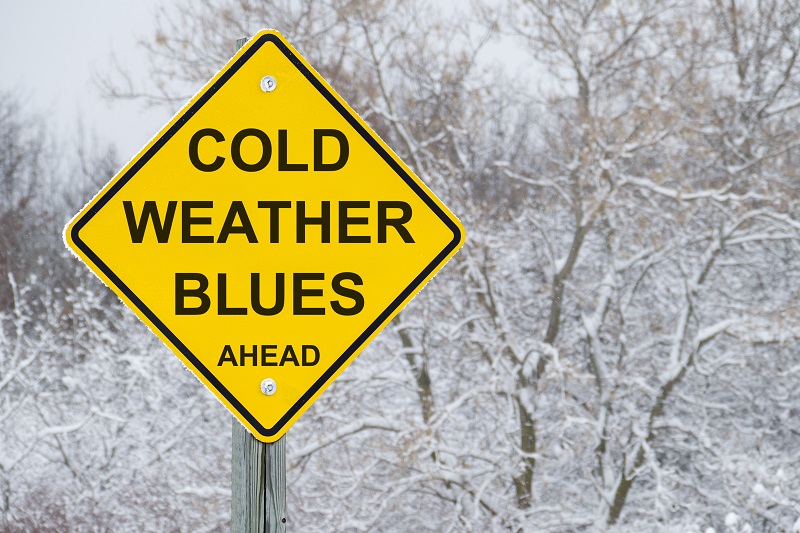SAD: How the shift in seasons can affect your mood
Seasonal affective disorder (SAD) occurs around the same time each year, bringing with it feelings of anxiety and depression. Approximately 4 out of 5 people who have seasonal depression are women and there are more than 3 million cases in the United States per year.
Dreary weather, howling wind and darkened days. Winter is here. With a decrease in daylight hours associated with fall and winter, many people are prone to catching seasonal affective disorder (SAD).
SAD is a type of depression that accompanies fall and winter and is associated with the seasonal lack of daylight. There are more than 3 million cases per year in the United States, and women are more susceptible than men.
“If we have long stints of sunless, cold weather, that makes it hard for me to have a lot of energy. I think most people respond better to warmth and sunshine than the opposite,” English teacher Molly Oster said.
Fall, in addition to introducing a colder climate to most places around the country, also introduces the return of the school year. Teenagers especially have increased anxiety, stress and negative feelings during this time.
“Around the time school starts which is around the start of fall, I feel like a lot of people experience it [SAD] more…” Caley Hawkins (11) said.
Some common symptoms of SAD are sleeping disorders, mood swings, loneliness, anxiety and loss of interest in activities.
“It’s not just mental, it’s also kind of physical too, because each person with depression or anxiety is different, so a lot of the symptoms for different people are not the same. So I think it’s good to keep your mind open and listen to other people instead of assuming that they are lazy,” Hawkins said.
Being in touch with your emotions and knowing when you are feeling the darkness of the season is an effective countermeasure against SAD. It is also a good idea to talk to someone who is willing to lend an ear.
“I think just being aware that the weather can impact my mood is the most important part,” Oster said.
Your donation will support the student journalists of White Station High School. Your contribution will allow us to purchase equipment and cover our annual website hosting costs.






































